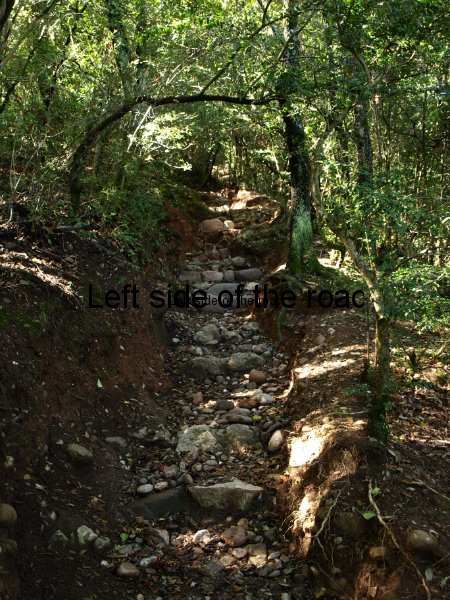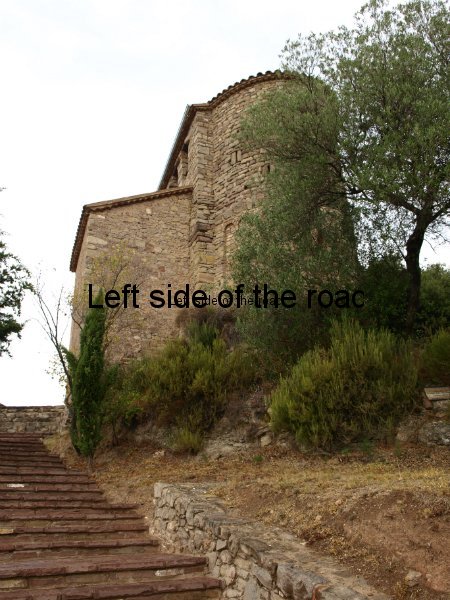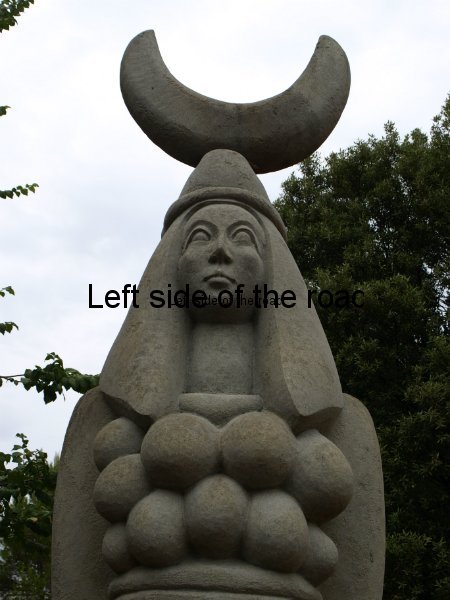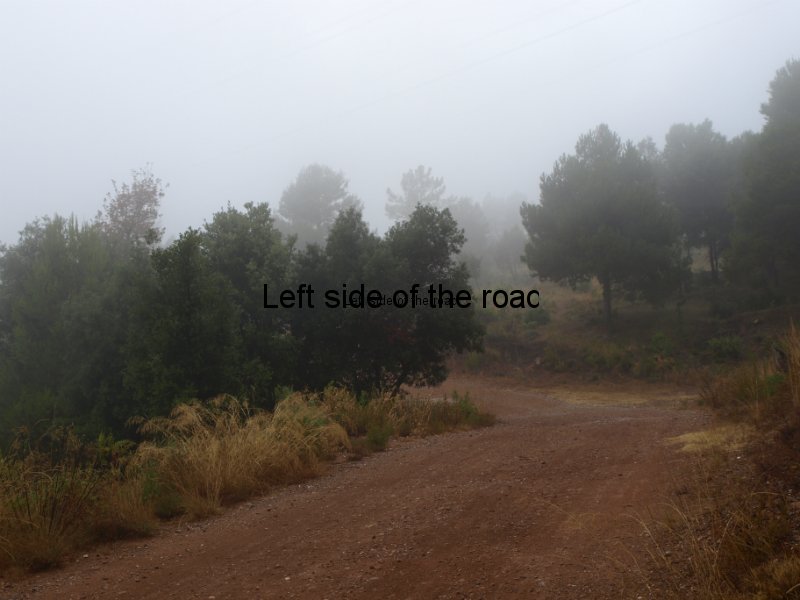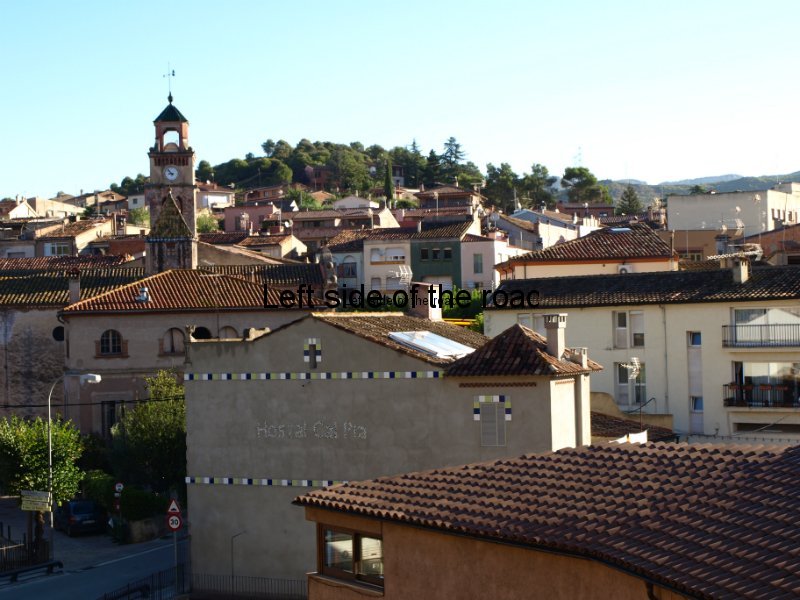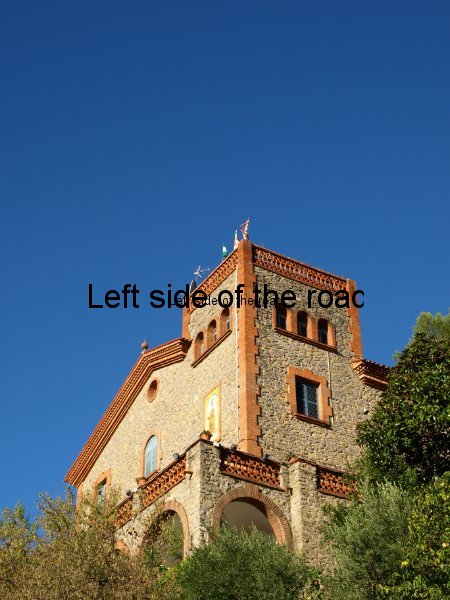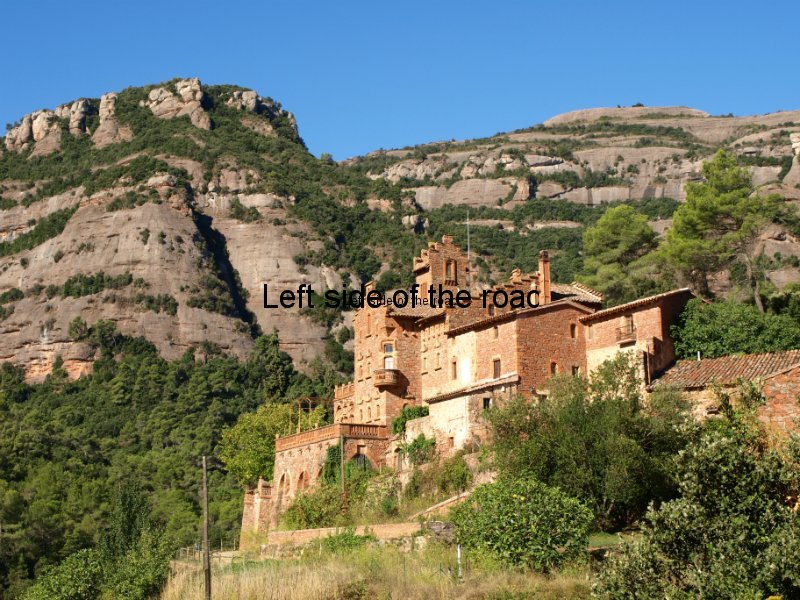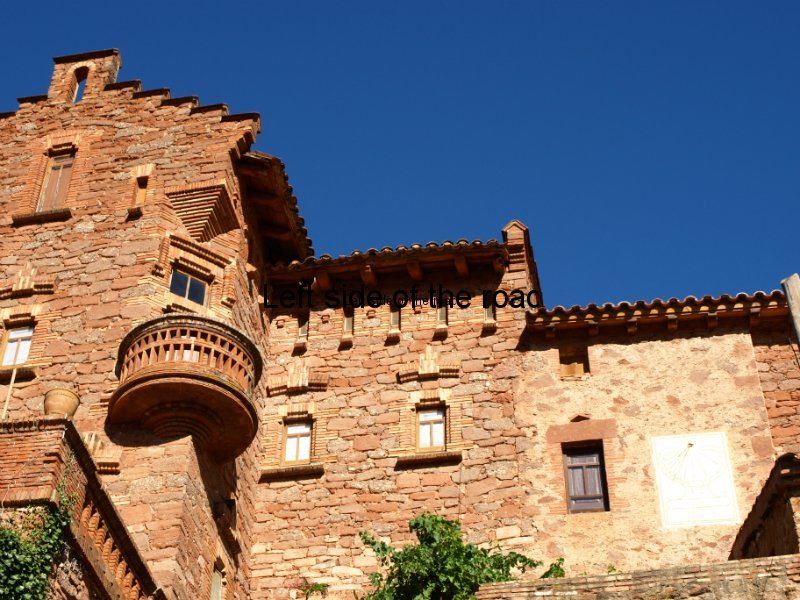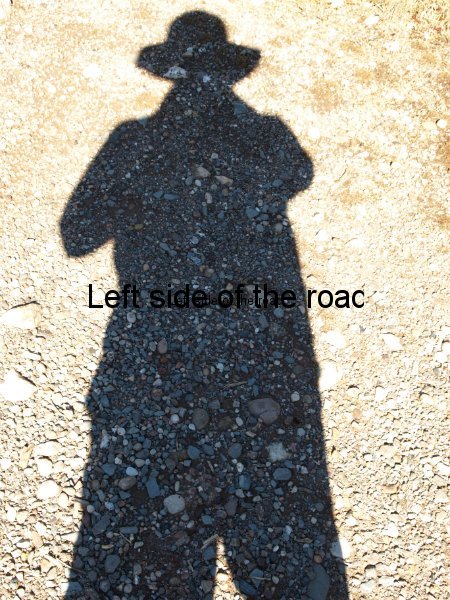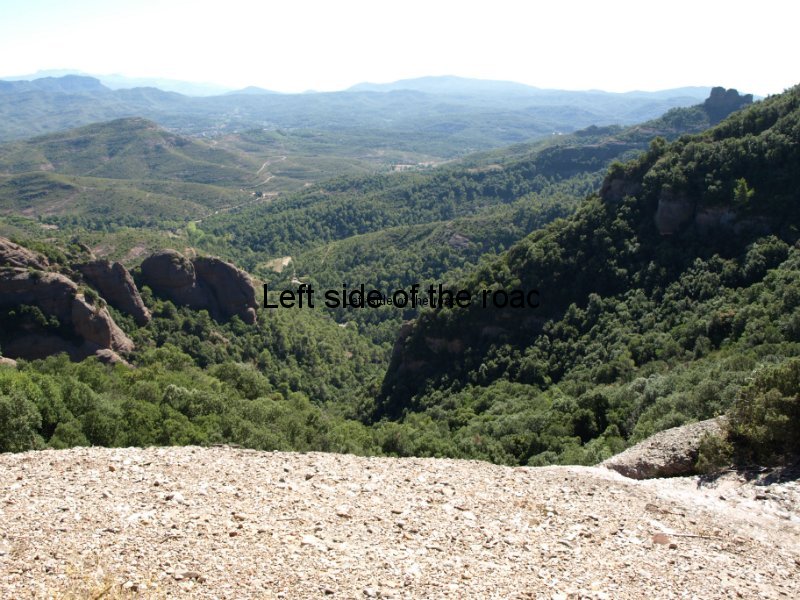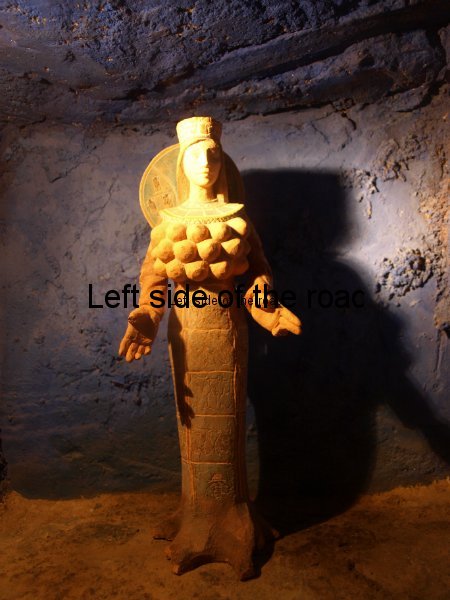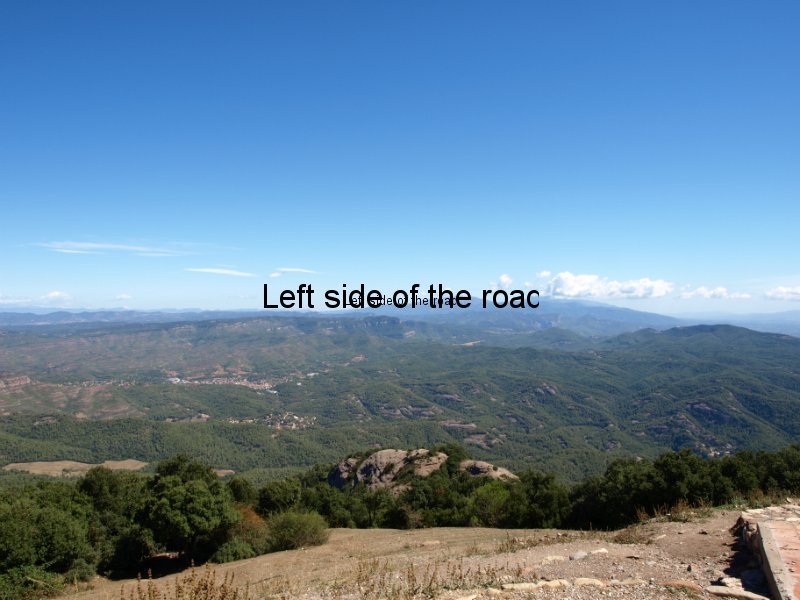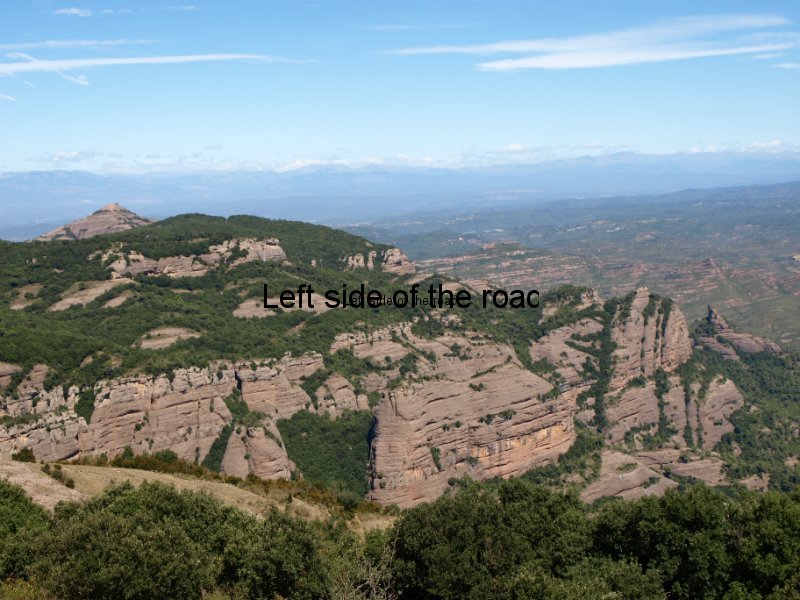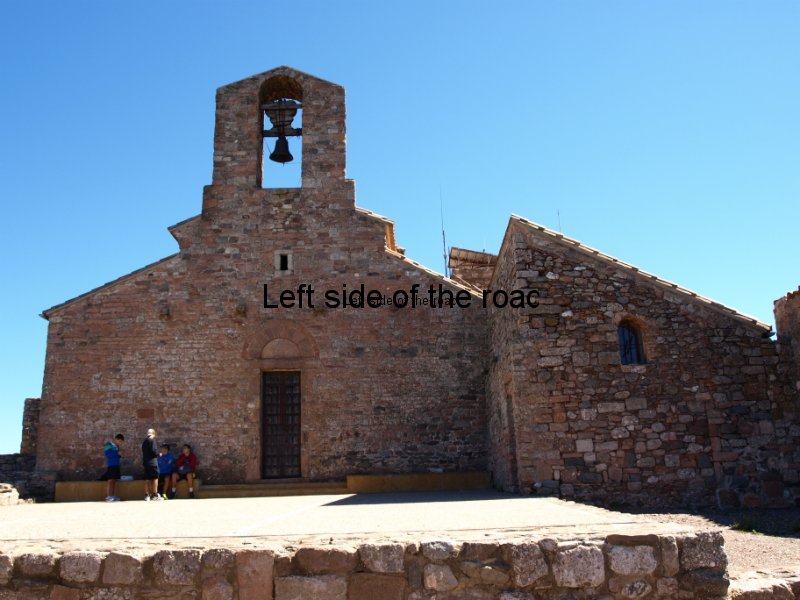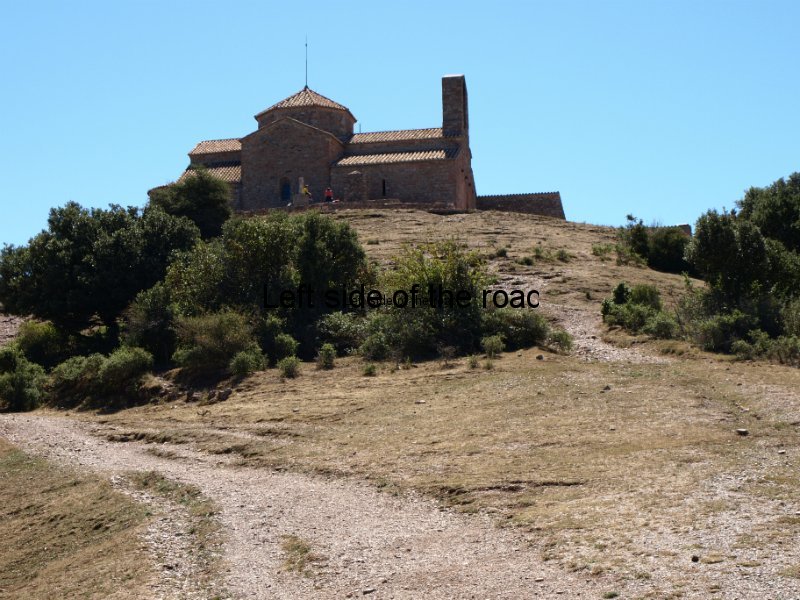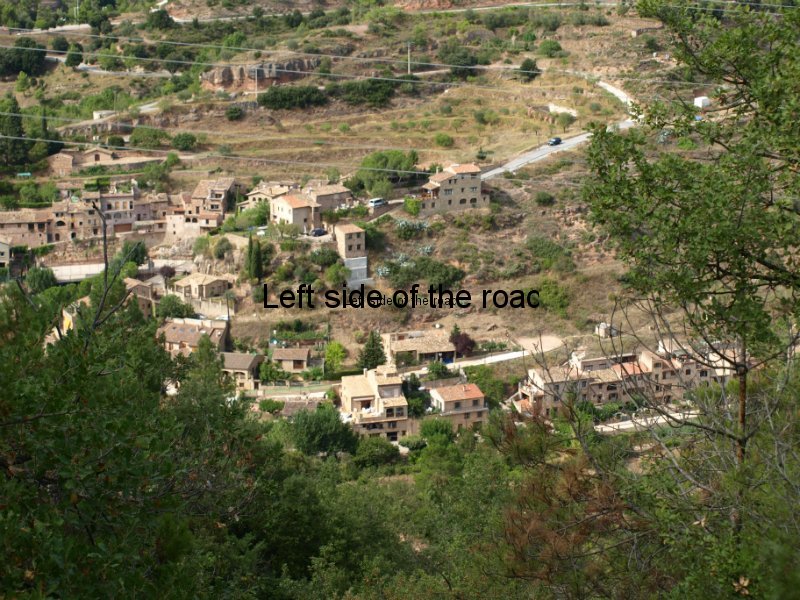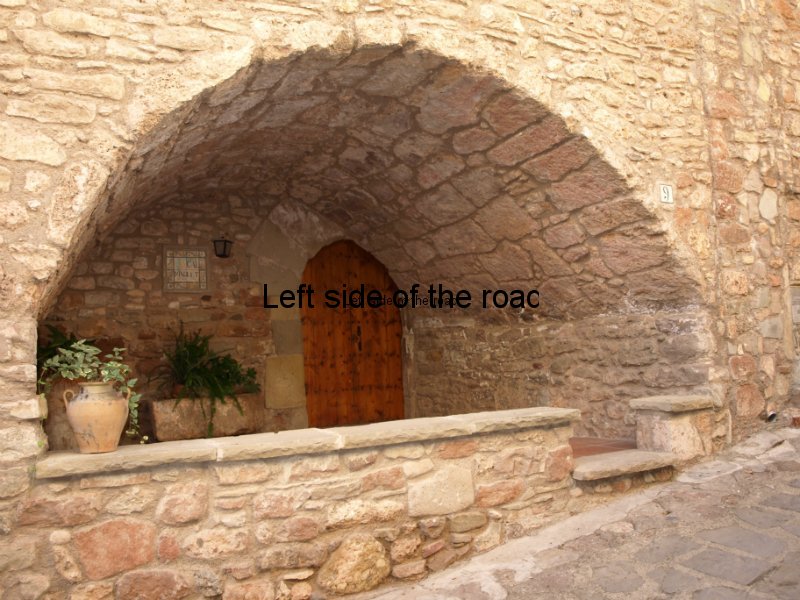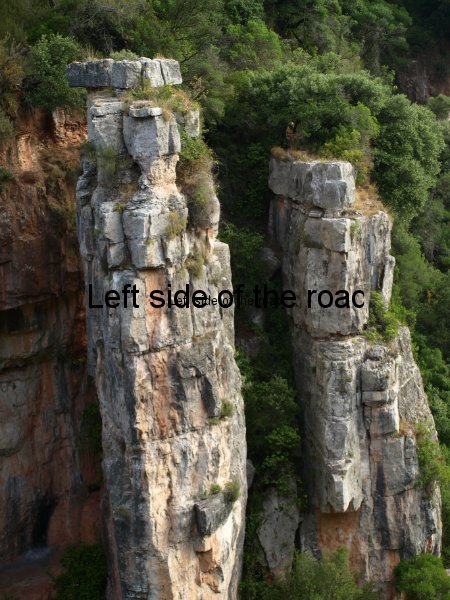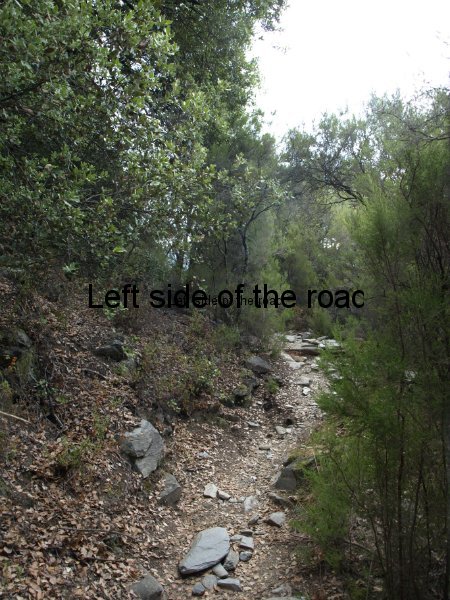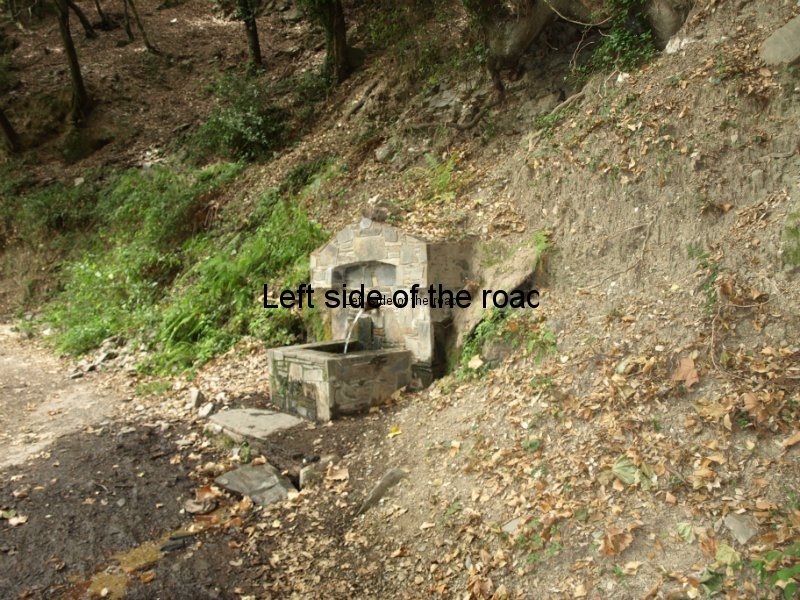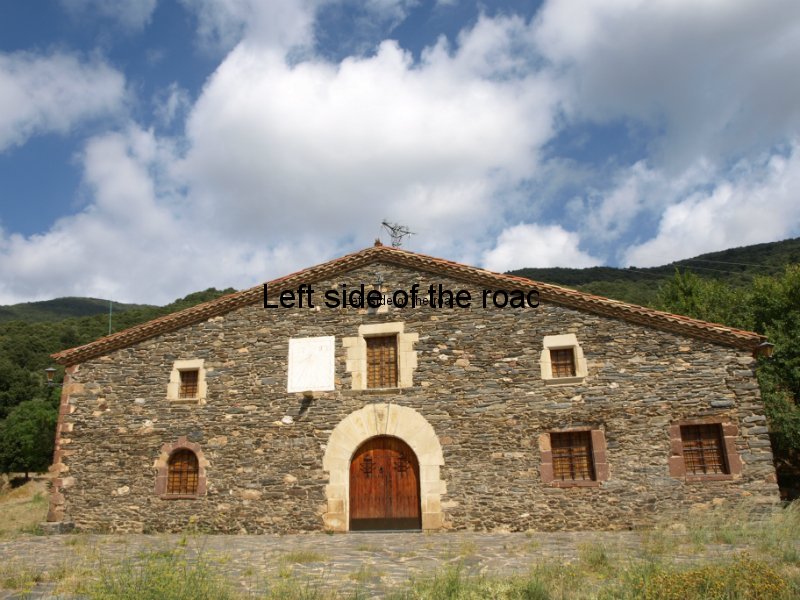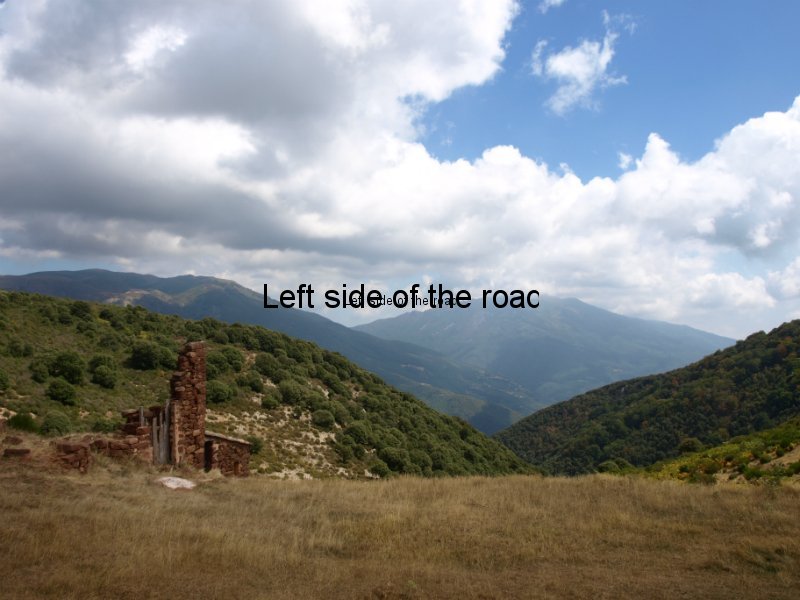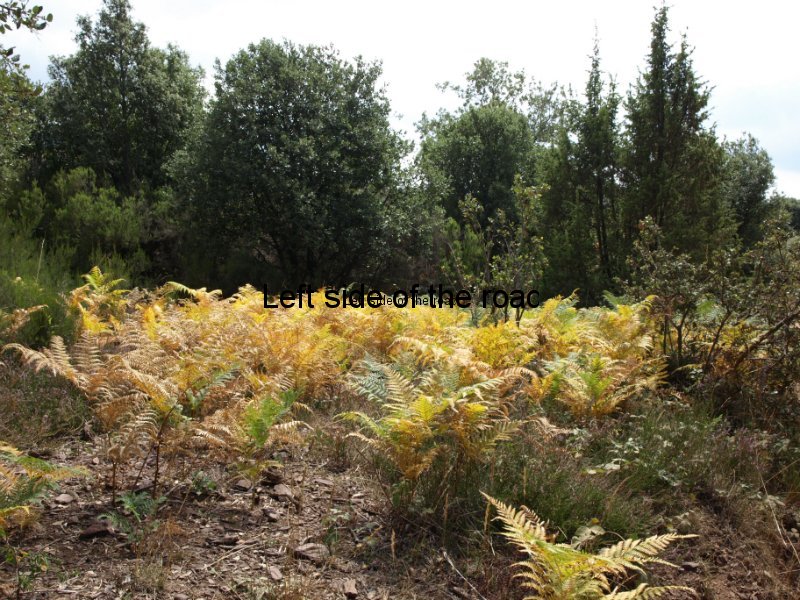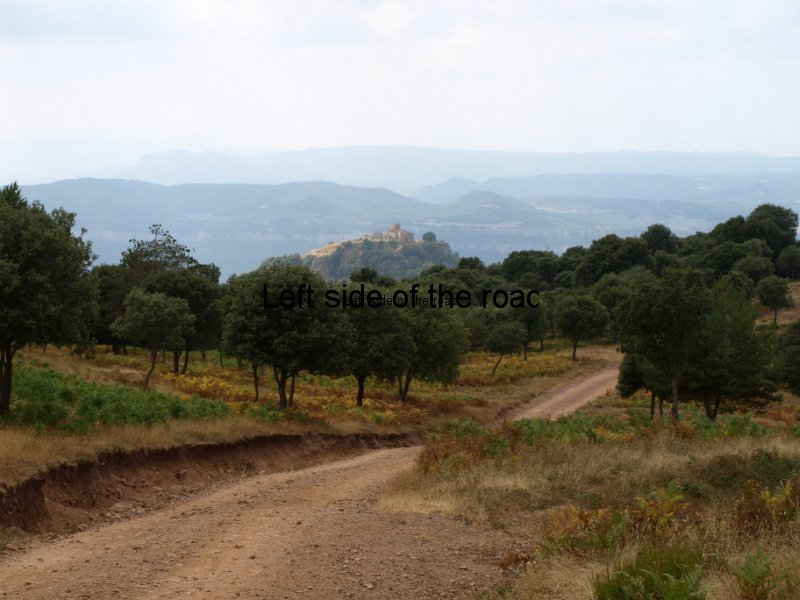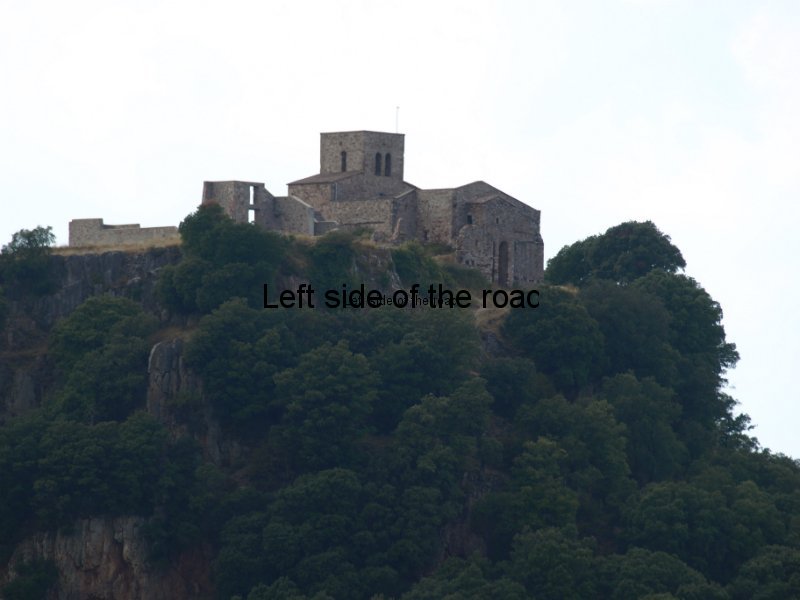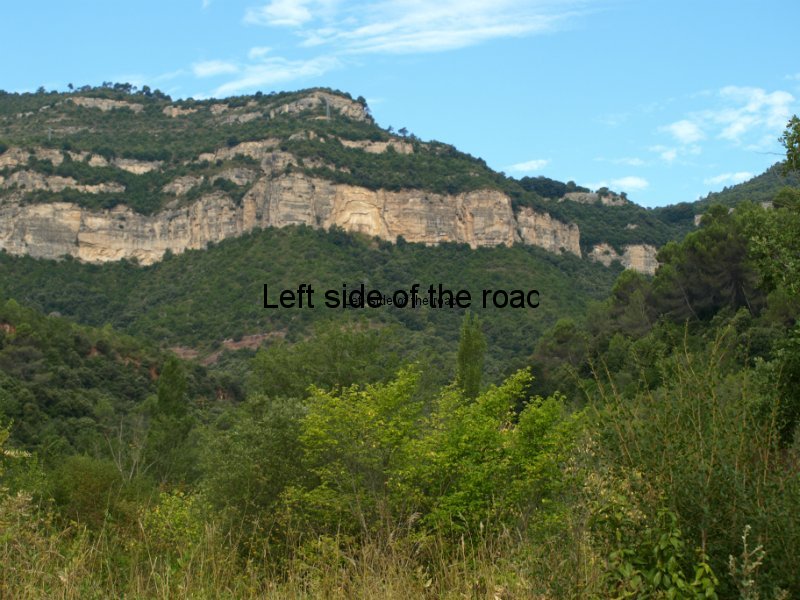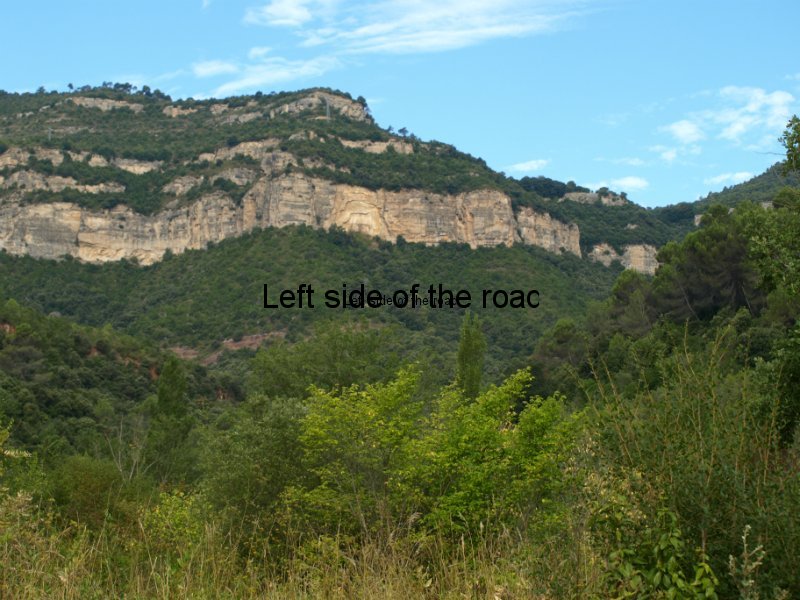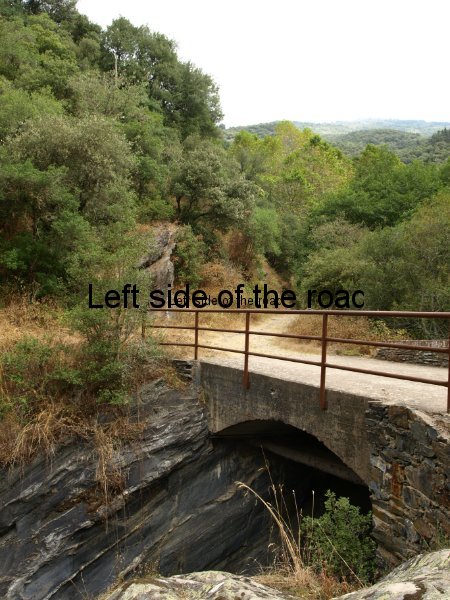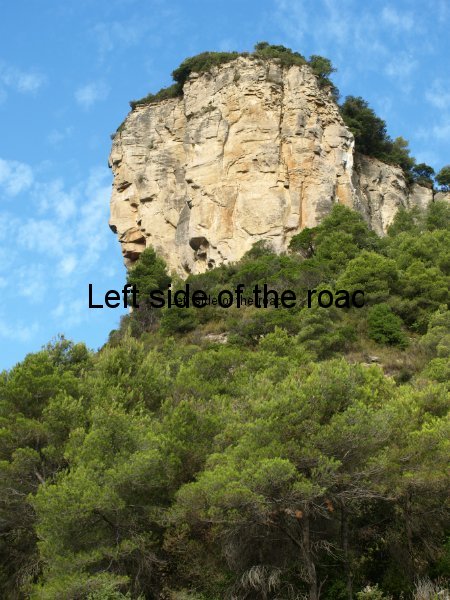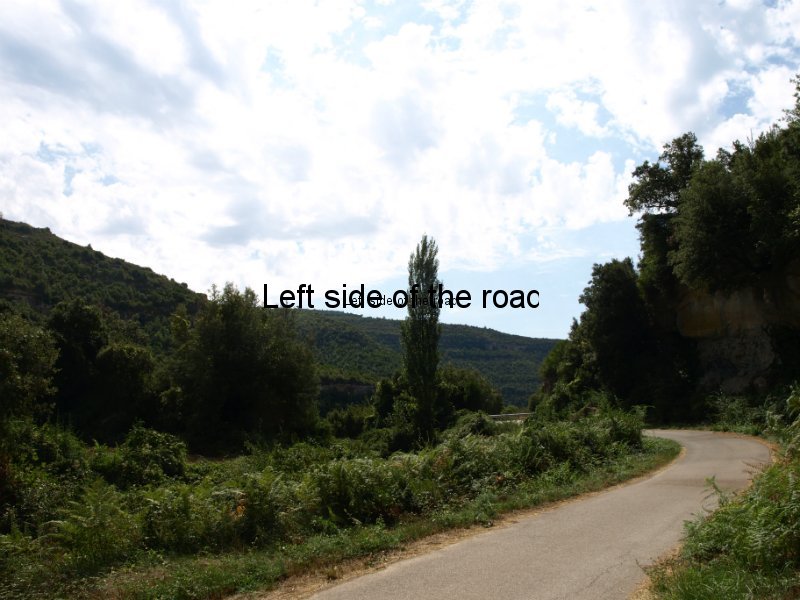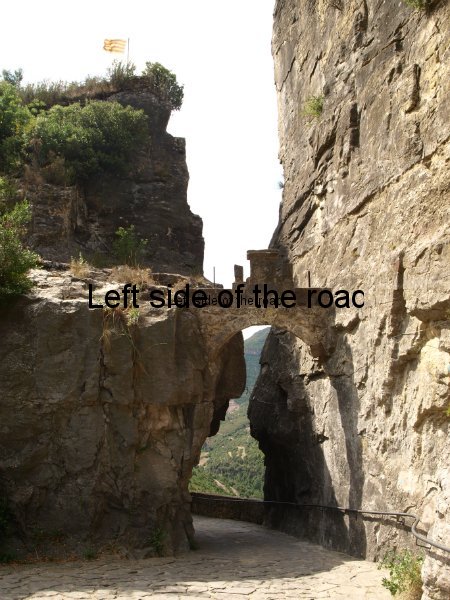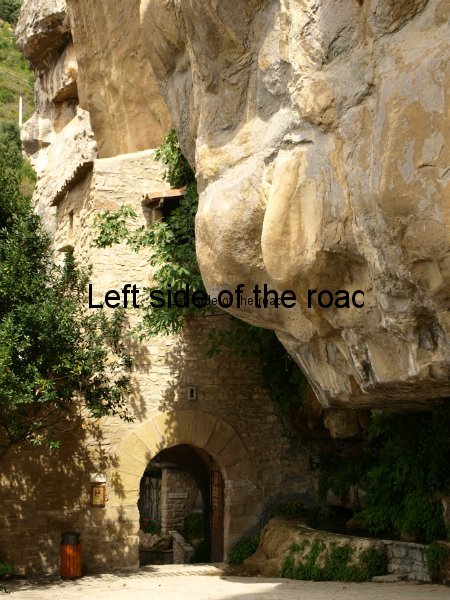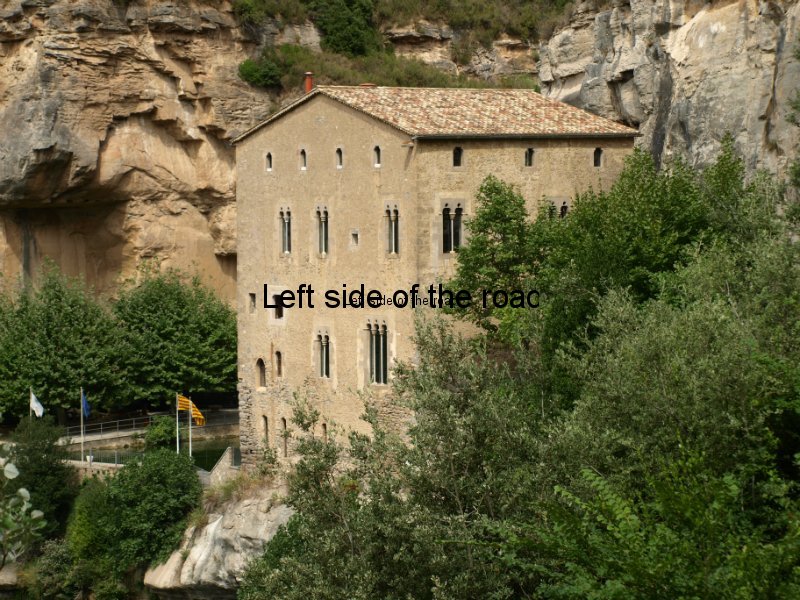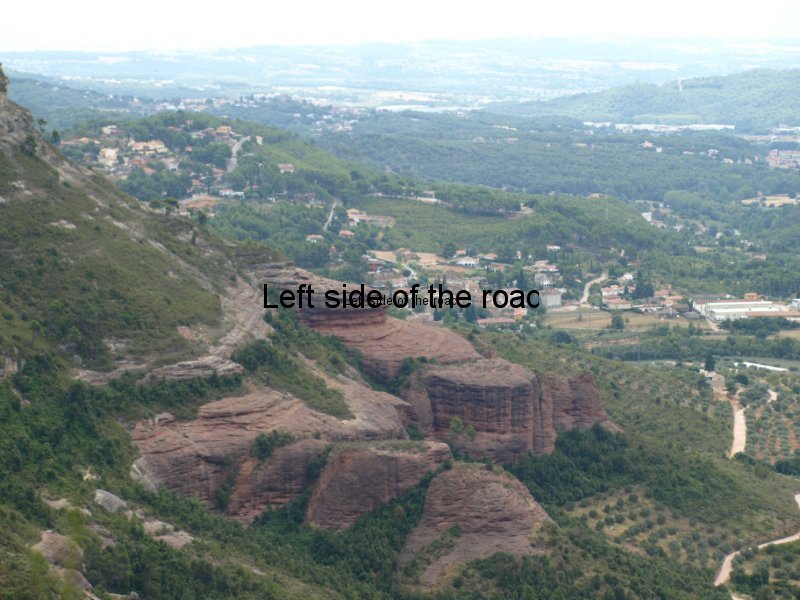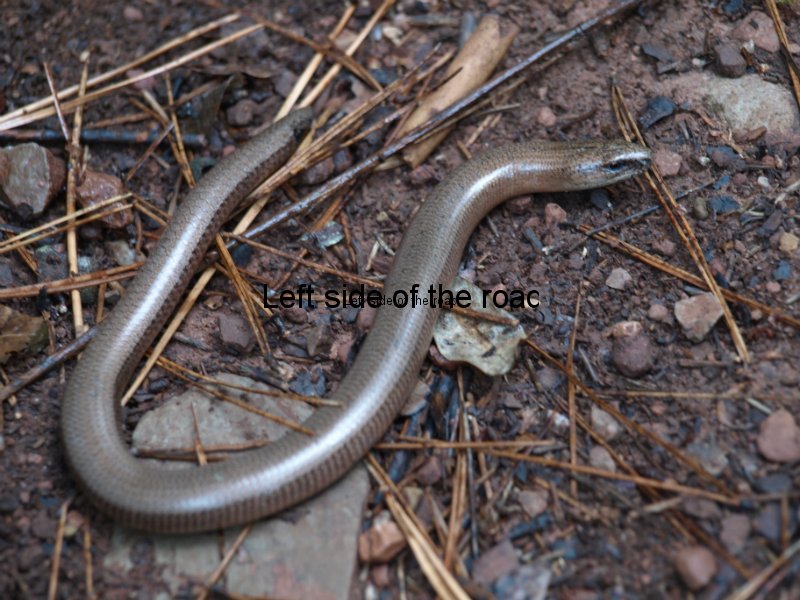IVA increases – small businesses cash in
The level of Spain’s purchase tax (IVA) went up on many goods from 18% to 21% on September 1st 2012. Are small businesses cashing in on this increase and causing inflation in the cost of some of the most basic of everyday purchases?
On September 1st the level of IVA in Spain (VAT in the UK) went up from 18% to 21%. This is all in an effort to try to reduce the country’s national debt, please the stronger economies in the EU and make sure that there’s more than enough money to give to the bankers at some time in the future.
When I first started coming to Spain on a regular basis in the early 1990s I’m sure that IVA was much lower than that of the UK and if that is the case then the rate has really raced ahead in recent years. As someone told me last week, at least there is one thing now where Spain is better than the UK, sales taxes here beat even our 20%.
I remember from my economics classes of many years ago that any sales tax was always considered to be a regressive tax as it invariably has a bigger impact upon the poor than the rich and this is just another example where the poor are expected to bail out a system for mistakes that were nothing to do with them in the first place.
That’s an injustice which the present conservative government in Spain (the PP, or Partido Popular) have imposed upon the country and it will be interesting to see if, now that August is over and matters get back to ‘normal’, whether the increase in IVA will be part of the protests when people take to the streets.
But what I want to address here is a hidden, a forgotten or not even noticed, consequence of this tax increase. That is the price hike that smaller businesses, mainly small shops and bars, tag onto the price of everyday purchases.
When the Euro was introduced 12 years ago I remember talking to a taxi driver who was telling me that it wasn’t the major items that saw a price increase in the first few months, it was the morning coffee, the loaf of bread, the olive oil, or the beer at the end of the day where the difference first became apparent.
Those who remember the introduction of decimal currency in the UK in 1971 will understand this completely. For example, the pub I drank in at the time was selling a pint for 2s 6d (equivalent to 12½p) the day before decimalisation but on D-Day itself the price suddenly shot up to 14p. It was a strange sensation to go into your local to be faced with a petition from others who knew earlier in the day what was going on. In that particular pub the price, after all the complaints, was set at 13p, but still a price increase that had no justification whatsoever.
You should remember that this was a period when people were going on strike for an increase in pay of 6 old pence (2½p) per hour, so taken in those terms the increase was not entirely insubstantial.
I’m not really doing a lot of shopping here so don’t have many examples to rely on but I am buying the occasional beer. One bar I quite liked charged €1.40 in August. Yesterday, my first time in there since the IVA increase, the price for exactly the same thing was €1.50.
Using a calculator I found on the net I worked out that, if everything was done strictly as it should have been the pre-IVA price for that beer was €1.19. With the 3% increase on IVA that meant that the price should have been €1.44. If I’ve got the maths wrong please let me know.
So each time anyone buys that beer they are giving 6 centimos to the bar owner. I’m sure that’s being repeated all over Spain as I’m typing this. And almost certainly happened in the UK when VAT increased from 17½ to 20%.
And who takes the blame for this, the government. Now I’m not defending them but are we so used to prices of everyday items going up that we are incapable of analysing and understanding exactly what is happening and that the blame is shared by opportunists in any small shop or bar who looks to make some easy money?



